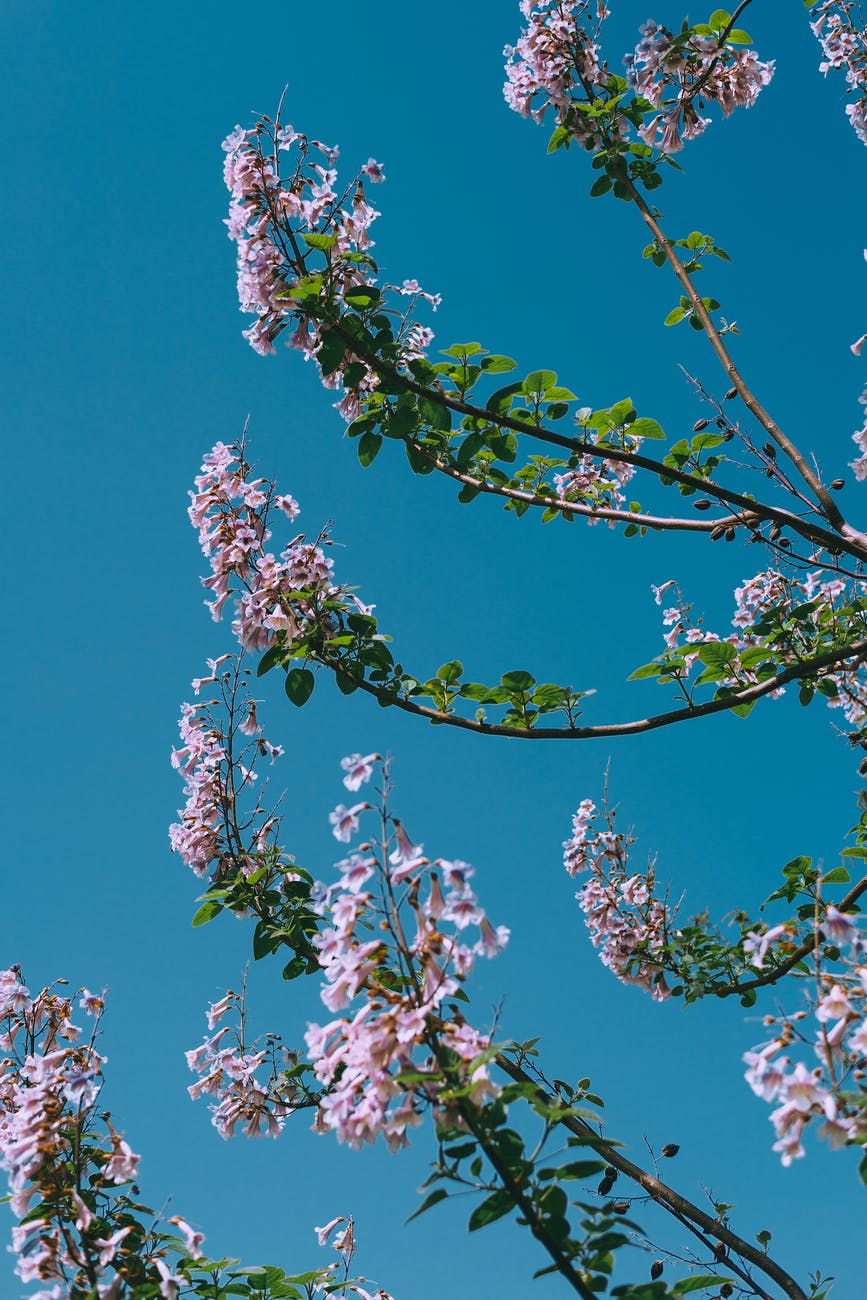I have a very popular post on Science and Skincare titled Bakuchiol Vs Retinol but after seeing a post by one of my favourite dermatologists RanellaMD about the same topic, I got to thinking about one essential component of the comparison that was missing – sustainability.
Sustainability is one of the main reasons people want to seek alternatives for their beloved skincare products/ingredients. Is it good for the environment? How many air-miles does it take to bring all these ingredients together in a factory? Is the plant commercially farmed?
Shouldn’t we be taking these things into consideration given the state of the planet?
The big problem, that unfortunately I’ve seen firsthand, is that brands have the ability to markets themselves as ‘sustainable’ whilst not actually doing anything sustainable. This is because terms like ‘natural’ ‘sustainable’ and ‘clean’ aren’t very regulated.
That’s pretty much the case everywhere in the world. There aren’t governing bodies that can check these things for every product a brand makes.
There is already a big misconception that natural brands and sustainable brands go hand in hand but how can that be if they’re taking wild plants to use them in their products and not replacing them?
Surely, it makes more sense that a brand that uses synthetic ingredients is more sustainable because they don’t take from the planet? Although, then they wouldn’t be considered natural.
As a consumer how do we know the answer to any of these things? The answer right now, at least, is we don’t.
Sustainability is one of the biggest categories to think about when it comes to bakuchiol vs retinol and should be a big factor in your decision making because one is synthetically made and one is harvested in the wild.
Yes, that’s right. The babchi plant that is responsible for creating many beloved bakuchiol products is not commercially farmed, according to this 2017 article.
The article describes that fact that while the babchi plant (Psoralea corylifolia) has a diverse range of properties including; antimicrobial, antibacterial, anti-fungal and anti-inflammatory it is being overexploited and taken from their natural habitat as a result of their huge demand in the modern market. They are disappearing.
Conclusion
The fact is that it is incredible hard to navigate the ‘clean’ side of the beauty industry – whatever that means to you, but what we do know for sure is that in this comparison bakuchiol doesn’t seem to be the more sustainable option.
Now, that’s not to discredit it’s uses, as we saw in my last post on this topic it has many and can hold it’s own to retinol. Bakuchiol is especially useful for pregnant women and those prone to sensitivity but when it comes to sustainability there is a clear winner and it doesn’t start with B.
Read more
- Why Fermented Skincare is the Next Big ThingIn the dynamic world of skincare, 2024 has seen a significant shift towards innovative and scientifically backed products. One trend that has captured the attention of beauty enthusiasts and dermatologists alike is fermented skincare. This ancient practice, rooted in Eastern beauty traditions, is making a modern comeback for its potent benefits. Let’s delve into why… Read more: Why Fermented Skincare is the Next Big Thing
- The Power of Probiotics in SkincareAs the skincare industry continues to innovate, one of the most exciting trends for 2024 is the incorporation of probiotics into skincare routines. Known for their gut health benefits, probiotics are now making waves in the beauty world for their ability to promote healthy, balanced skin. In this post, we’ll explore what probiotics are, their… Read more: The Power of Probiotics in Skincare
- The 10 Best Dupes for The Ordinary Serum FoundationThe Ordinary Serum Foundation is renowned for its lightweight formula, seamless blendability, and buildable coverage. However, it can sometimes be challenging to find in stock. Fortunately, there are excellent dupes available that deliver similar results, both in terms of ingredients and performance. So here are the… Dupes For The Ordinary Serum Foundation 1. L’Oréal Paris… Read more: The 10 Best Dupes for The Ordinary Serum Foundation
- The Top Rated Salicylic Acid ProductsAre you tired of battling stubborn acne and pesky blemishes? Salicylic acid could be the game-changer your skincare routine needs. Renowned for its acne-fighting properties, salicylic acid effectively penetrates pores to dissolve debris, unclog follicles, and prevent future breakouts. To help you achieve clearer, smoother skin, we’ve curated a list of the top-rated salicylic acid… Read more: The Top Rated Salicylic Acid Products
- Best Vaseline Dupes: Affordable Alternatives for Ultimate MoistureVaseline, with its versatile moisturising properties, has been a household staple for generations. However, if you’re on the lookout for dupes you’re in luck! In this guide, we’ll explore some top-notch Vaseline dupes that deliver similar benefits without breaking the bank or compromising on quality. Why Consider Vaseline Dupes? While Vaseline remains a classic choice… Read more: Best Vaseline Dupes: Affordable Alternatives for Ultimate Moisture




Leave a Reply